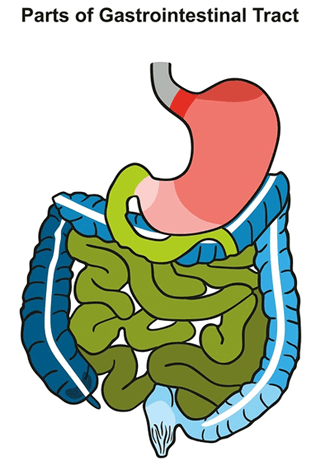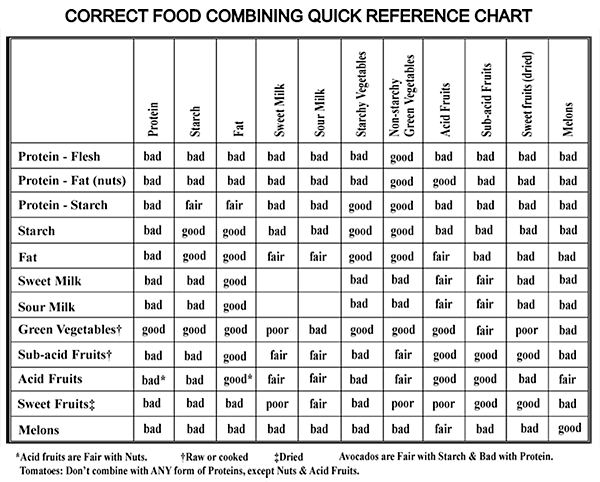ACID ALKALINE FOOD CHART
Alkaline Foods versus Acid Foods or Uric Acid Foods
If you're wondering how your diet stacks up, check out the table below. It includes 114 commonly consumed foods and their PRAL scores.
- A negative PRAL score indicates the food is basic (alkaline).
- A positive PRAL score indicates the food is acidic.
- A score of 0 indicates the food is neutral.
All food diets are either acid-forming or alkaline-forming.
Although the body requires approximately 20% of the diet to be derived from acid-forming foods that can be properly digested to help maintain pristine health, high acid-forming diets that cannot be properly digested acidify body tissue and eventually lead to Low Chronic Acidosis that will drain and weaken the health and energy of every human cell in the body.
The Acid Alkaline Food Chart (also referred to as the Alkaline Acid Food Chart or Alkaline and Acid Food Chart) has listed the various food groups below according to either a negative PRAL or positive PRAL score.
| Food Group and Food | PRAL Score |
|---|---|
Meat and Meat Products Average |
9.5 |
Fish Average |
7.9 |
Milk, Dairy, and Eggs |
1.0 |
Sugar and Sweets Average |
4.3 |
Fats and Oils Average |
0 |
Beverages |
-1.7 |
| Food Group and Food | PRAL Score |
|---|---|
Vegetables Average |
-2.8 |
Fruits, Nuts, and Juices Average |
-3.1 |
Grain Products |
3.5 |
Legumes Average |
1.2 |
* This table is adapted from the Remer and Manz study. Each PRAL score is based on a 100g portion of food.
Science & Physiology Of Specific Food Combinations For Peak Health & Energy! Correct Food Combining By Dr. Herbert M. Shelton
Physicians prescribe, cooks prepare and people eat all manner of combinations of food without the slightest regard for the physiological limitations of man's digestive system. It is the general view that the human stomach should be able to digest about any number and variety of food substances that may be put into it at one time.
Digestion is governed by Physiological Chemistry but the so-called "Food Scientist" continues to disregard this fact. He writes out his menus without the slightest thought of the decomposition that his jumbled mixtures are certain to cause in the digestive tracts of his patients. He never thinks of the fact that he is actually poisoning those who pay him for advice and instruction. This is why the food combining chart is still the best food chart to follow.
Certain physiological limitations of the digestive glands and of the digestive enzymes and juices should be considered when planning a meal. It is not what we eat, but what we digest and assimilate that adds to our health. A stomach that is reeking with decomposition will not supply to the body the "calories" and "vitamins" originally contained in the food eaten. It appears to be utterly impossible to digest the conglomeration that makes up the usual meal of the average man or woman.
I append the accompanying chart as a guide to food-combining, which is fashioned after one designed by Dr. Weger. I have made certain additions to the chart, and have disagreed with him in a few minor particulars. My reasons for disagreement are based both, on physiological principles, and experience. His chart does not include melons and fats and does not differentiate between sour or butter milk and sweet milk. These have been added to my chart.

Combinations marked "good" are good for the weakest digestion.
Combinations marked "fair" are permissible if digestion is unimpaired.
Combinations marked "poor" should never be employed unless digestion is at its highest.
Combinations marked "bad" should not be employed by even the strongest digestion.
Salads should contain no starch, such as potatoes; no proteins, such as eggs or shrimp; no oils, such as olive oil or dressings containing oil; no acids, such as vinegar or lemon juice. Salt should also be omitted.
Sugar, Syrup, Molasses, and Honey have been left out of this chart, because they combine badly with all foods, and because they are best not eaten.
Second Food-Combining Chart
A second food-combining chart is presented, which may prove more helpful. By studying the two charts, it is easy to find the foods that do combine with each other. Making use of these facts of combination, the following plan of eating three meals-a-day is suggested:
Breakfast: Fruit. Any fruit in season may be used. It is recommended that, not more than three fruits be used at a meal, as, for example, grapes, well-ripened bananas and an apple.
It is acceptable to have an acid fruit breakfast one morning, and a sweet fruit breakfast on the next. In-season breakfast may be made of melons.
In the winter months, one or two dried fruits such as figs, dates, raisins, prunes, etc., may be substituted for the fresh fruits. A winter breakfast of grapes, figs and pears will be found to be ideal.
Noon Meal: A vegetable salad (omitting tomatoes from this salad), one cooked, green vegetable and a starch.
Evening Meal: A large, raw vegetable salad (if nuts or cottage cheese are to be used as the protein, tomatoes may be used in this salad), two cooked non-starchy vegetables and a protein.
Fat meats, sour apples, beans, peanuts, peas, cereals, bread and jam, or hot-cakes and honey or syrup, are notoriously slow in digesting and are frequent sources of discomfort and putrescent poisoning.
Much of this is well known to the layman, and all of it may be known to the careful observer. The intelligent person will not lightly cast aside such facts, but will use them as guides in eating.
| Common Foods | Combine Best With | Combine Badly With |
|---|---|---|
| Sweet Fruits | Sour Milk | Acid Fruits, Starches (Cereals, Bread, Potatoes), Proteins, Milk |
| Acid Fruits | Other Acid Fruits, Fair with Nuts, Fair with Milk | Sweets (all kinds), Starches (Cereals, Bread, Potatoes), Proteins (except nuts) |
| Green Vegetables | All Proteins, All Starches | Milk |
| Starches | Green Vegetables, Fats & Oils | All Protein, All Fruits, Acids, Sugars |
| Meats (all kinds) | Green Vegetables | Milk, Starches, Sweets, Other Proteins, Acid Fruits & Vegetables, Butter, Cream, Oils |
| Nuts (most varieties) | Green Vegetables, Acid Fruits | Milk, Starches, Sweets, Other Proteins, Butter, Cream, Oils, Lard |
| Eggs | Green Vegetables | Starches, Sweets, Other Proteins, Acid Foods, Butter, Cream, Oils, Lard |
| Milk | Best Taken Alone, Fair with Acid Fruits | All Proteins, Green Vegetables, Starches |
| Fats & Oils (butter, cream, oils, lard) | All Starches, Green Vegetables | All Proteins |
| Melons (all kinds) | Best Eaten Alone | All Foods |
| Grains | Oils & Butter, Cooked Legumes | Acid Fruits, All Proteins, All Sweets, Cream, Lard |
| Legumes, Beans & Peas (except green beans) | Oils & Butter, Cooked Legumes | Acid Fruits, All Protein, All Sweets, Cream, Lard |
| Legumes, Beans & Peas (except green beans) | Green Vegetables, Cooked Grains, Oils & Butter | All Proteins, All Sweets, Milk, Fruits all kinds), Butter, Cream, Lard |
